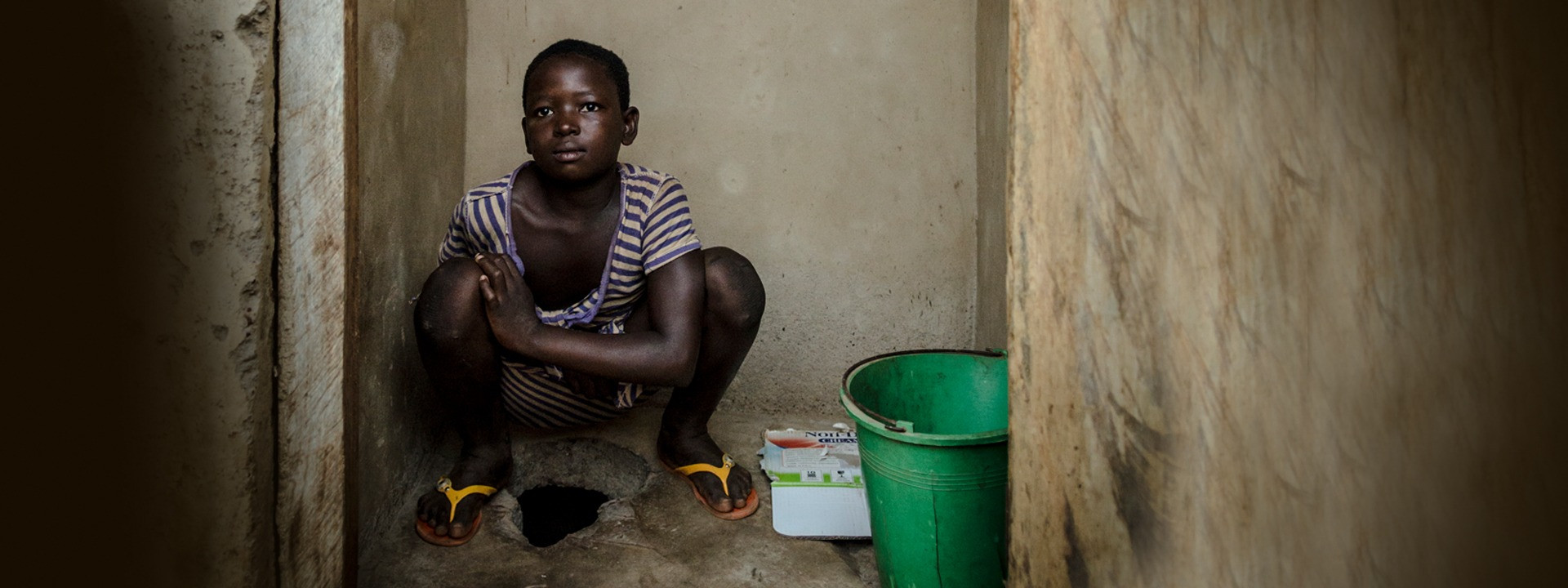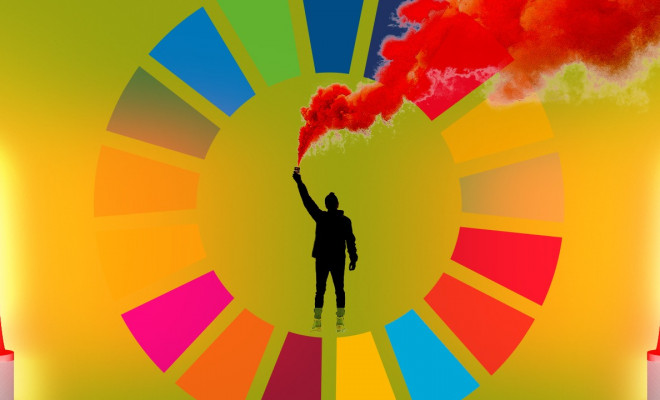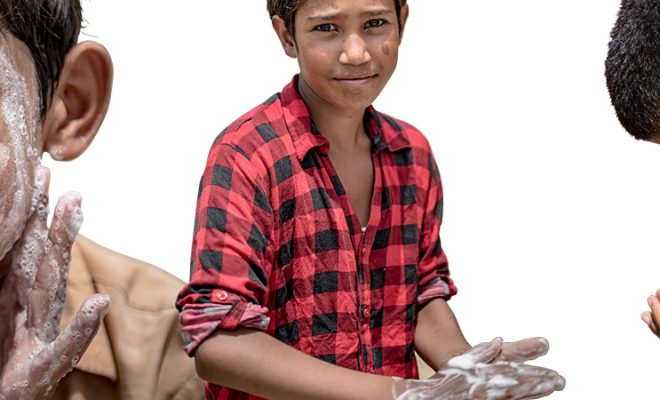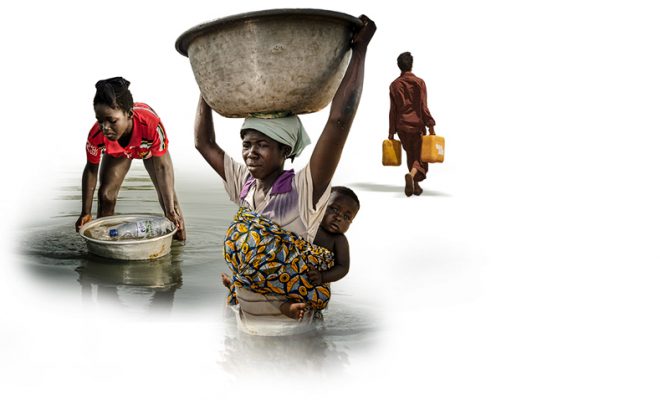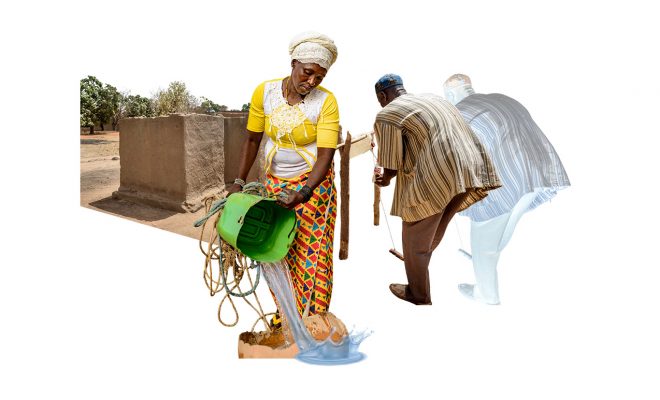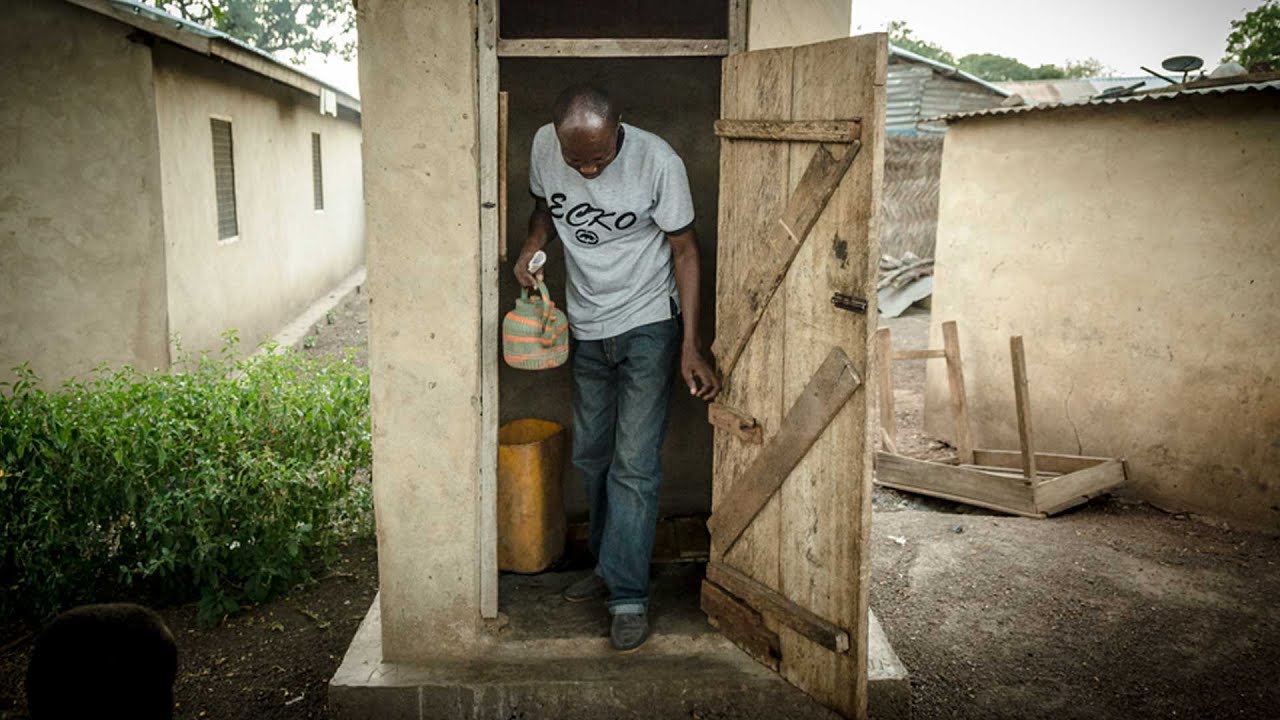
According to the International Telecommunication Union (ITU), there were more than 8.58 billion cell phone subscriptions worldwide in 2022. It is difficult to estimate how many people that corresponds to, but it is certainly more than the 4.513 billion who have a safe toilet at home.
The toilet, an irreplaceable element for personal hygiene and community health for centuries, remains inaccessible to more than 411 million people worldwide. It is one of the facilities determining the divide between the economically strong developed world and the most disadvantaged.
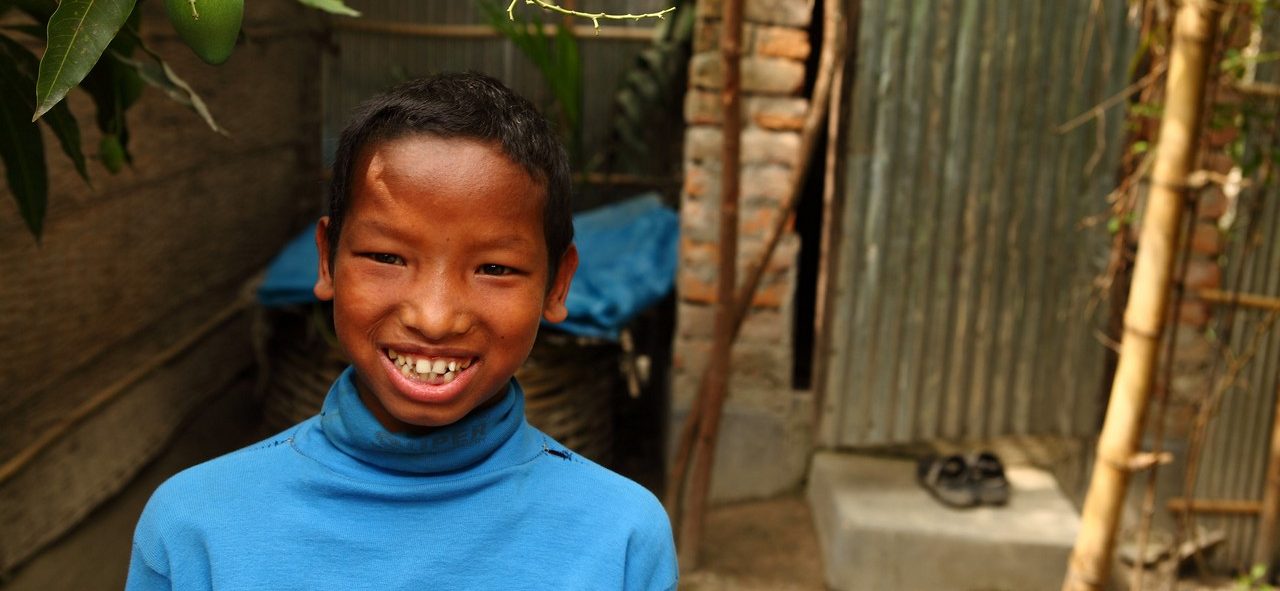
The global achievement of health, full schooling, and gender equality depends on one of the simplest and most inexpensive elements of sanitation.. © Mahmud Rahman / World Bank
Since Homo sapiens developed agriculture and became sedentary some 10,000 years ago, the toilet has been linked to the evolution of civilizations. It has been an obvious sign of social status directly related to the septic tanks and sewers that allowed the first great cities (Babylon, Mohenjo-Daro, Rome…) to survive epidemics and rule the world.
When Louis Pasteur discovered that microorganisms in fecal water triggered infectious diseases such as cholera or typhoid fever, preventing people from coming into contact with their feces became one of the public health paradigms for the developed world that emerged after the Second Industrial Revolution. But the colonized South was left far behind.
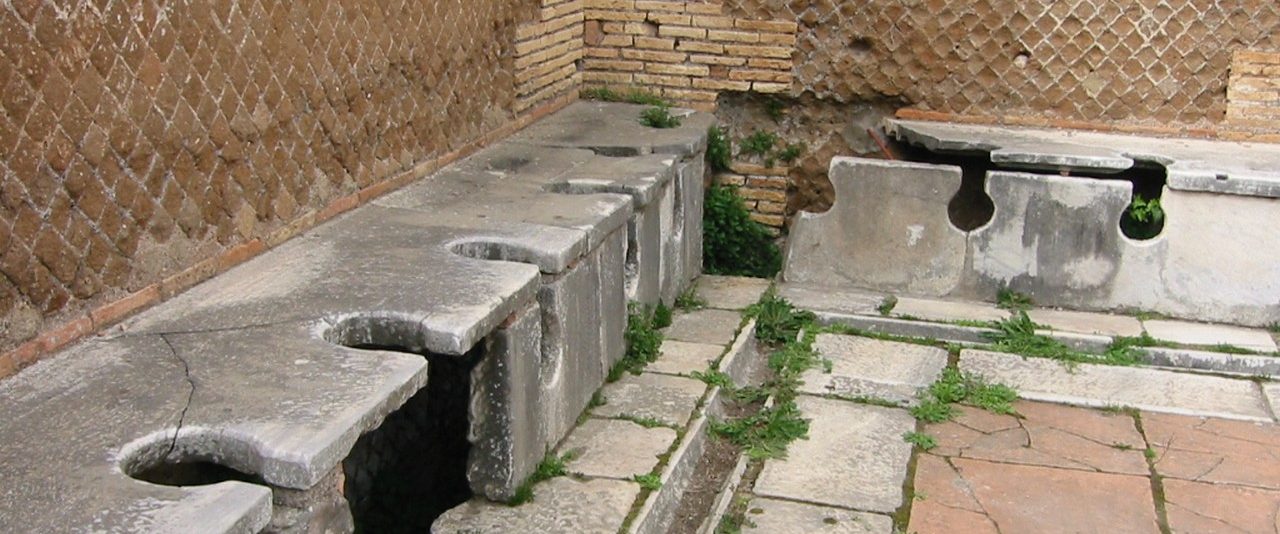
The toilet has been an obvious sign of social status directly related to the septic tanks and sewers that allowed the first great cities (Babylon, Mohenjo-Daro, Rome…) to survive epidemics and rule the world. ©Ancient Roman latrines in Ostia Italia Antica / Ubar Obfusco.
Definitions to understand the context
It was not until the 1970s that WHO began to address the lack of basic sanitation in the poorest regions and to develop plans to make the safe toilet, which was already fully integrated into household bathrooms in the developed world, available to all.
WHO systematized a language to understand the context. “Safely managed” sanitation allows its users to have facilities that ensure hygienic separation of excreta; this is the ideal situation for the 4,513 million people mentioned above. On a descending scale, “basic” sanitation refers to the facilities existing in each household that do not allow the elimination of excreta on site or their transport to the outside. “Limited” sanitation consists of using safe facilities shared between two or more households; this is often the case with community latrines in villages and slums in large cities.
In the unacceptable category, the WHO defined “unimproved” sanitation as one that does not guarantee health; these are the so-called simple pit latrines: a hole in the ground without a platform that does not allow users to isolate themselves from their excrement or that of their neighbors. There are 1,761 million of these latrines in the world that are not connected to a septic tank and contaminate the environment with fecal bacteria. In our Manual for the construction of latrines and pits, we compile our expertise in sanitation projects. In it, you will find the specifications required to ensure healthy latrines.
“Open defecation” is at the far end of the problem; in addition to those who relieve themselves in fields, forests, bodies of water, beaches, or other spaces such as open sewers, there are those who accumulate their feces in containers at home, and throw them out in the open as soon as they can.
In the UNICEF/WHO JMP data, those with unimproved sanitation are more than 544 million, and those practicing open defecation reach 418 million. This means that, globally, almost one billion people do not have access to sanitation when they defecate; one in eight people.
Damage at all levels
This situation continues to burden the development of the communities that suffer from it. It extends to schools, which significantly hinders schooling, primarily affecting girls and teenagers who, in addition to healthy facilities, need privacy and security. On the other hand, it intensifies social stratification in many cultures, where the poorest (many of them women) are responsible for cleaning the filthiest latrines, most of the time in exploitative conditions, and hinders the development of public health, as we have seen in the recent Covid-19 pandemic.
On an ecosystem scale, the lack of adequate latrines, not connected to any sanitation system, is directly related to the contamination of water bodies. According to WHO and UNICEF, at least 2 billion people use a source of drinking water contaminated with feces, putting them at risk of getting cholera, dysentery, typhoid, and polio. Each year, it is estimated that more than 340,000 children die from diarrhea, and 1.3 to 4 million cases of cholera occur in 69 countries; both are diseases that continue to affect the poorest and most vulnerable disproportionately.
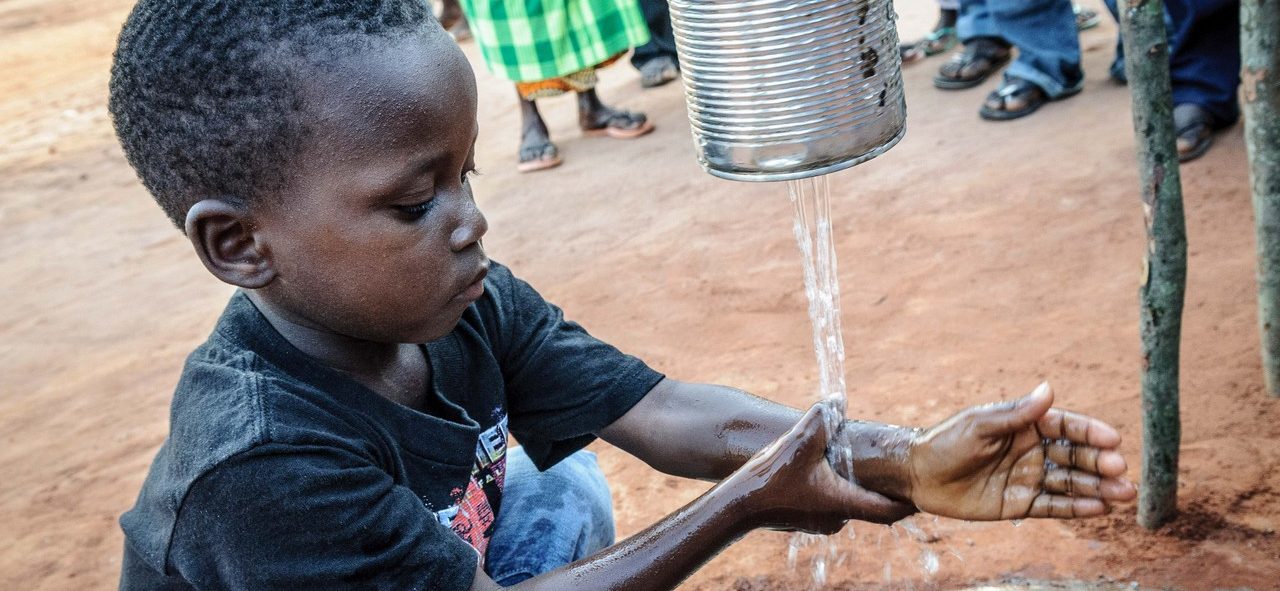
The lack of hand-washing facilities built into latrines contributes to the spread of these infections and exacerbates the consequences of water contamination. © Carlos Garriga /WAWF
The lack of hand-washing facilities built into latrines contributes to the spread of these infections and exacerbates the consequences of water contamination. Moreover, climate change has already begun to influence the spread and consequences of waterborne diseases.
What needs to be done to accelerate change?
We have a serious problem that undermines millions of people’s human rights, development, and dignity worldwide. The slogan of the next World Toilet Day is “Accelerating Change”; according to the UN, it will be necessary to quadruple the current rate of progress. Yes, we need to do this because we are way behind schedule if we want to not only reach (which is highly improbable) but even come close to achieving SDG 6, which, as we can see, is directly related to SDG 3 (health and well-being), SDG 4 (quality education) and SDG 5 (gender equality).
Progress is slow because of the many socioeconomic and cultural factors involved. Our sanitation projects have helped over one million people in 14 countries, including 180,000 schoolchildren. This 12-year effort has provided us with a vast knowledge of the problems of implementing adequate sanitation and hygiene practices, and we take on board the UN’s call: we need to accelerate, especially when the environmental and climate crisis is presenting us with a scenario of increasing sanitary difficulties.
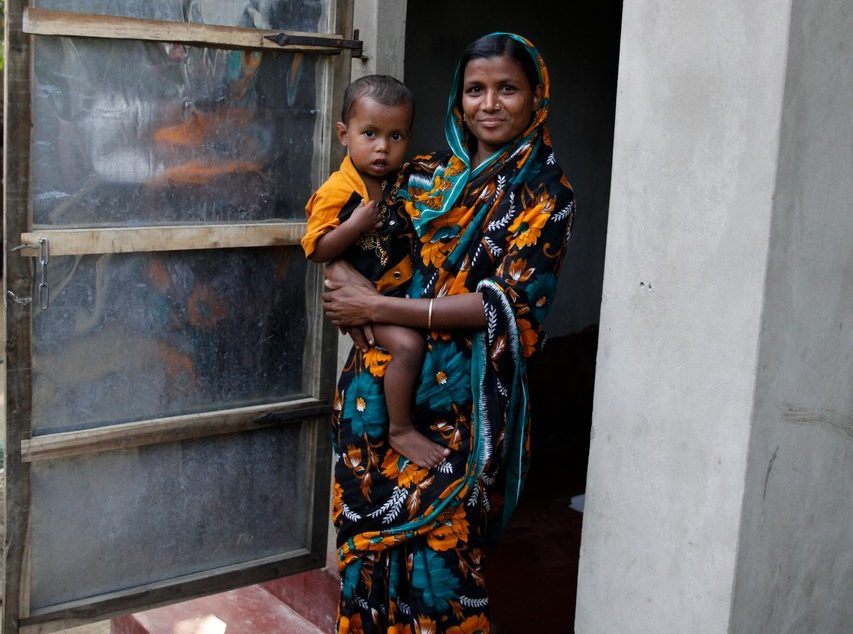
The slogan of the next World Toilet Day is “Accelerating Change”; according to the UN, it will be necessary to quadruple the current rate of progress. © Mirva Tuulia Moilanen / World Bank
Budgeted plans for attaining SDG 6 are not yet fully funded. There is also an endemic lack of quality data on indicators for the different targets that would provide more accurate socio-cultural knowledge. Most of those who lack sanitation are identified as mobile phone users but not as victims of lack of water and sanitation. It is a paradox that must end.


